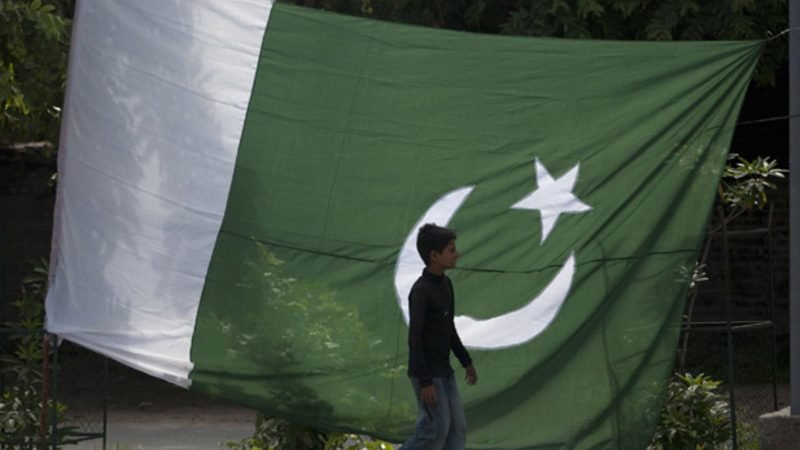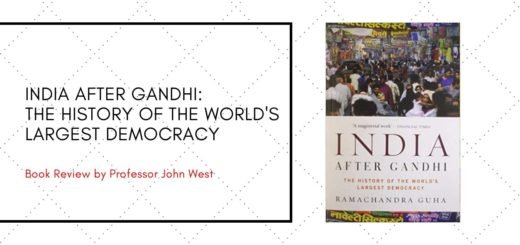Status of regionalism and ethnicity in Pakistan

Under a well-thought plan, Bhutto falsified the separatist movement of Pushtuns, essentially an ethnic struggle of the Pathans, in guidance of ‘Frontier Gandhi’, Khan Abdul Ghaffar Khan. The struggles of Pathans for a homeland was intense not only before Independence, but even after Pakistan came into being. But a vital factor that contributed to the downfall of the movement was that General Zia succeeded in assimilating discontented Pathans into Pakistan national politics. By doing so Zia targeted the Sindhis whose policies never suited the Pathans. However the General had visualised the problem of regionalism existed in Pakistan because of the disparity in the pattern of economic development, his policy did pay rich dividends. Politically he went one step further, prominent Pushto leaders were released from the prison and Zia even took the advice of its leaders on domestic and international affairs. Similarly, the government recruitment policy ensured that Pashtun’s were employed in the military and bureaucracy. As a result of the policy of assimilation the Pushtun elite immediately ensured the cooperation of the educated middle class. They became an economically satisfying lot with the movement no longer holding any attraction for them.
Differentiation among ethnic groups
Among the minorities, the Ahmadiya community was most affected. The Bhutto government in 1974 had amended the Constitution to declare all Ahmedias non-Muslims, but the amendment was actually implemented during Zia’s regime, through a Presidential Ordinance on 26 April 1984. It prohibited the Ahmedias from calling themselves Muslims or their places of worship “mosques”. Their priests were also forbidden from calling the faithful for prayers through the Azan. The Ahmadiyya community resorted to wearing Kalima badges and the authorities began arresting those who displayed the badges. The Dawn, an English daily, reported the news in detail on 2 and 23 February 1985. Mashar Ali Khan, a distinguished Pakistani journalist, had taken up the case of the Ahmedias and had demanded an end to their persecution on the ground of religion. Strange lies here that how can a law stop a person from calling himself a Muslim? The Government of Pakistan may call the Ahmedias non-Muslims, but if they are firm in following the tenets of Islam, no one can take them away from this right. Similarly, separate electorates introduced in 1985 by Zia, alienated the Christians, Hindus, Parsis, Ahmedias and other minorities from the political mainstream.

Constitutional changes and Ordinances
In the same year (1985) the key constitutional amendment was made by President Zia was the insertion of Article 2A through Presidential Order No. 14 of 1985, making the Objective Resolution, which had formed part of the preamble of the Constitution, a substantive part of it. Further, in 1986, the Blasphemy Law was passed which added Section 295C to the Pakistan Penal Code making blasphemy against Prophet Muhammad a criminal offence. It read whoever by words, either spoken or written or by visible representation or by any imputation, innuendo, directly or indirectly defiles the sacred of the Prophet Muhammad shall be punished with death or imprisonment for life and shall be liable to fine. He also introduced Islamic legal code in 1988. In substance, there was little in all such measures to distinguish Zia-ul-Haq and his regime from any other dictator or martial law regime. Am an elaborate system of martial law courts and tribunals was put in place and the power of the higher judiciary drastically curtailed. He, like other Generals of the past, relied chiefly on the policy of divide and rule, sowing confusion every day and using the media effectively. The ruling elites continue to employ a combination of ‘Islamic and secular innovations and ‘reforms’ to maximize their own power. The purpose is to avoid alienating the well-organized and potentially troublesome Islamist forces on the one hand, and the even more powerful wings of the army, bureaucracy and the bourgeoisie which remain secular.
Effects on society at large
At the social level Zia did not spare Pakistan’s civil society and at its cost, encouraged purely Islamist political parties which not only commanded a strong base in the country but had international links too. To a large extent, the regime of Zia had militarised civil society. With democratic political parties banned and all venues of protest through legal means closed, polarisation within society intensified. Cleavages and conflicts within civil society, which had already shown a violent trend under Bhutto’s increasing use of the coercive elements of the state, grew worse under military rule. The ban on political parties led to an increasing focus on seeking identity through group membership based upon ethnicity, sectarianism and the traditional biradri system. Pakistan’s civil society has been an increasing resort to violence to resolve all manner of conflicts. This militarization of civil society – its preference for a violent course of action over other means of exercising influence became marked after the imposition of martial law following a military coup in July 1977. Militarism has not only expanded at the international level, in the form of arms buildup and in the use of force as an ‘instrument of supremacy’; in the developing states it has also led to an increase in the role of the military establishment in domestic and foreign policymaking and execution. In such a situation, as the case is in Pakistan, the military evolves its own doctrines of state and government which drive it to seek to influence state formation. This sense of purpose along with the desire to increase its power and privilege within the state leads the military to abuse its legitimate function and make inroads into the political structures of the state. In seeks legitimacy, in general, but it relies on force to perpetuate itself. As Zia stated,’ martial law should be based on fear. The use of force becomes more pronounced where civil society as a whole, or critical segments within it, reject militarism.

In the course of Islamisation Zia tried to mould an educational system that is the soul of civil society in any country. He imposed several restrictions on-campus education and gave an Islamic look to the education at primary level. In 1979, through a University Ordinance Zia reduced the role of the teacher to a menial government employee and allowed the government to victimise teachers for their political sympathies. Several teachers were either transferred to schools/colleges in the interior of the country, sacked or incarcerated. As part of his educational reforms, Zia called for revising the curriculum and textbooks at various levels starting from the primary to make pupils more aware of the Islamic mainsprings of Pakistan’s creation, its ideology and history of Islam. In addition, an Islamic University was established at Islamabad with the objective of fusing ‘Islamic’ and ‘secular’ education. To Zia’s likings the University Grants Commission of Pakistan issued a directive for the benefit of prospective textbook authors spelling out the objectives of the new curriculum to demonstrate that the basis of Pakistan is not be found in racial, linguistic or geographical factors, but rather in the shared experience of a common religion; to get students to know and to appreciate the ideology of Pakistan.



















